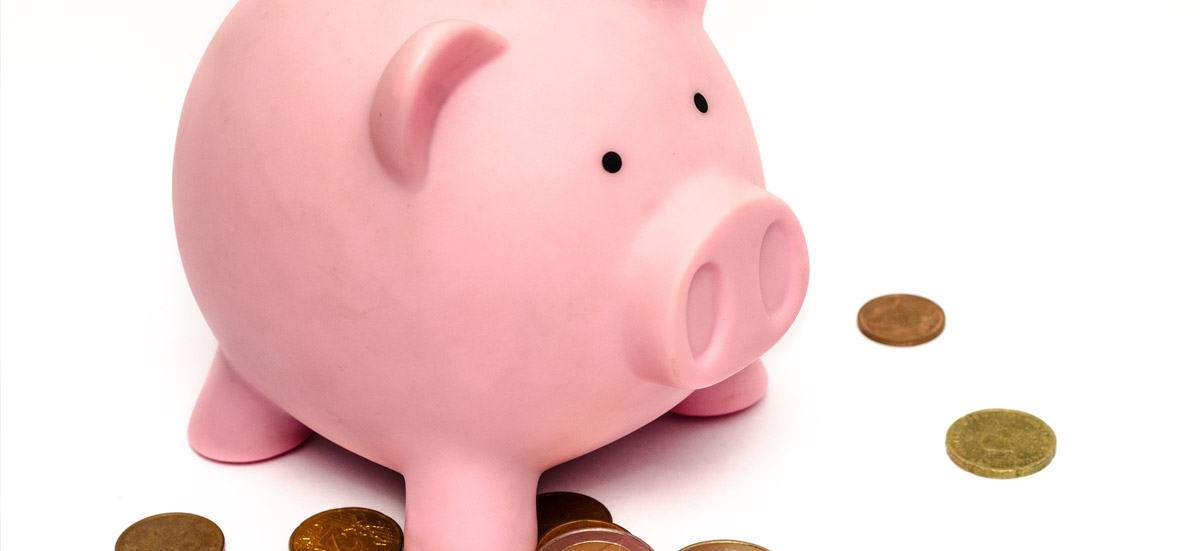It’s wonderful watching our kids grow-up and becoming independent, but it’s also important to teach them the lessons they need along the way.
When it comes to money, there is lots to teach. And that lesson, for our children, is most commonly taught through “pocket money”.
So, how can we use pocket money to make sure we install the right values in our children that will position them perfectly for a lucrative life?
In this article we discuss what to consider before giving pocket money. However, it’s important to understand that as each family is different, there is no right or wrong way to do it.
THE RIGHT AGE FOR POCKET MONEY
The first question that most parents ask is: When should I start giving pocket money to my child?
In a Canster survey taken by 1,023 parents of child/children aged 4-15 years they discovered:
“Almost 80% of parents pay pocket money, with the average starting at age just over six years old.”
Of course, just because this is what most people do, it isn’t necessarily right for your child.
Things to consider when deciding when to start giving your child pocket money include:
- Does your child understand the basics of how money works?
- Is your child mature enough to look after the amount of money they receive?
- Has your child started asking for pocket money?
- Do you have other children who are already receiving pocket money?
- Can you afford to give your child pocket money?
By asking yourself these questions you will get a good idea about whether or not your little one is ready to start receiving pocket money, or not.
Note: Don’t feel pressured into giving pocket money if you don’t want to just because other families you know do or you have read somewhere that you should.
THE AMOUNT OF POCKET MONEY
We advise you to look to your own family and your own financial circumstances when deciding how much pocket money to give your child.
The first question is: What can you afford to give?
It’s worth noting that once you start you are pretty-much committed to pay up each week, and as kids get older the amount is expected to increase. With this in mind, make allowances by starting with a lesser amount and working your way up over the years.
The other question is: What is fair amount for your child to receive?
This will depend on a number of factors including their age; what they want money for; and what they will be spending their pocket money on. For example, older children might receive a larger amount but are expected to use it to buy their own clothes or school lunches.
DOING CHORES FOR MONEY … OR NOT
When you are working out how much pocket money to give, it’s relevant to take into account whether your child is doing chores in return for money.
Again, this is a personal choice and there is no right or wrong.
You might not want your child to feel they receive payment for basic behaviours they should do anyway such as tidying up after themselves and being kind to their siblings. However, paying them to do larger, age-appropriate chores can give them a sense of value and an understanding of the working world.
GETTING ON THE SAME PAGE WITH POCKET MONEY
If you set expectations for your child in terms of pocket money, whether this is general good behaviour or set chores, make sure they understand the terms.
A helpful tool for younger children is a simple rewards chart. You can buy one or even make one at home. Use this visual so they know what they need to do to receive their pocket money each week. They can see how they are tracking with their side of the commitment and it can prevent (or lesson) arguments if they have not reached their target for the week and they miss out on their pocket money.
For older children, there are some great pocket money apps available. These have various levels of features including payment functionalities, savings charts and chore requests. Try Spriggy, RosterMoney or GoHenry.
WHETHER TO USE CASH OR CARD
According to research from the Westpac 2019 Money Management Survey quoted in this article from KidsNews:
“76% of parents still give physical cash and coins to kids as pocket money.”
Yet the world is changing and it’s not unusual to see young children with pocket money cards, bank cards or even making payments through Apple Pay on their smart phones.
Choosing the right method for pocket money will depend on a number of aspects such as their age, how much money they receive and how they plan to spend it.
Giving your child the opportunity to handle money both physically and digitally will help them understand how both methods work.
SAVING POCKET MONEY
Once your child receives pocket money, you can start teaching them about savings. Learning to save money is a skill that can be taken into adulthood and they will definitely thank you for it!
Teach your child that even if they only receive a small amount each week, if they save, they can use their money to purchase bigger items. Help them to create saving goals and be open to their suggestions to earn extra money. And, of course, make a big fuss when they reach their saving goals.
We love the jam jar saving method from the The Barefoot Investor but pocket money apps and traditional piggy banks are also great to encourage children to save and create sensible financial habits.

